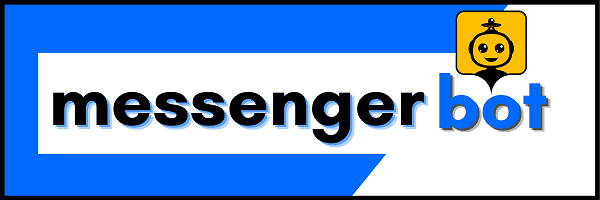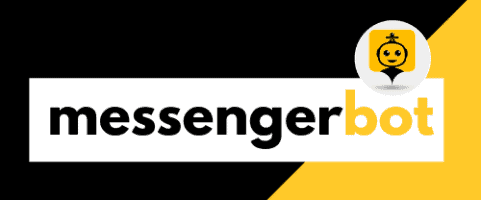Messenger Bot Statistics
Chatbots are transforming the way people receive information. The reason being is that chatbots are taking over social media networks, which is the best place to reach a large audience. Facebook Messenger has 1 billion active users. If you were to target just 100 million of those 1 billion users, your brand could reach one-third of the Earth’s population – without having to directly market to them.
Chatbots are also creating a change in the workplace because they allow businesses to automate certain processes that would normally take much longer when working with employees or other third parties. For example, when people travel abroad, it is often difficult to find someone who can help translate written information. Chatbots are able to bridge the gap between written and verbal languages.
With the recent advancements, chatbots are becoming very trustworthy sources of information because people can ask questions and receive a response based on factual data instead of opinionated responses. No one likes talking to a bot that has a lack of knowledge about a certain topic. People prefer asking Google or Siri – two extremely helpful bots – and receive a quick and simple answer.
The following chatbot statistics provide more insight into how chatbots can benefit consumers and businesses:
Benefits of Chatbots
Chatbots have tremendously improved how we use technology and the internet. They have changed the way we communicate and provide services and information, and everyone is taking note of their impact. The rise of chatbots in business has especially been felt in customer service, where businesses are finding it easier to connect with their customers through instant messaging conversations.
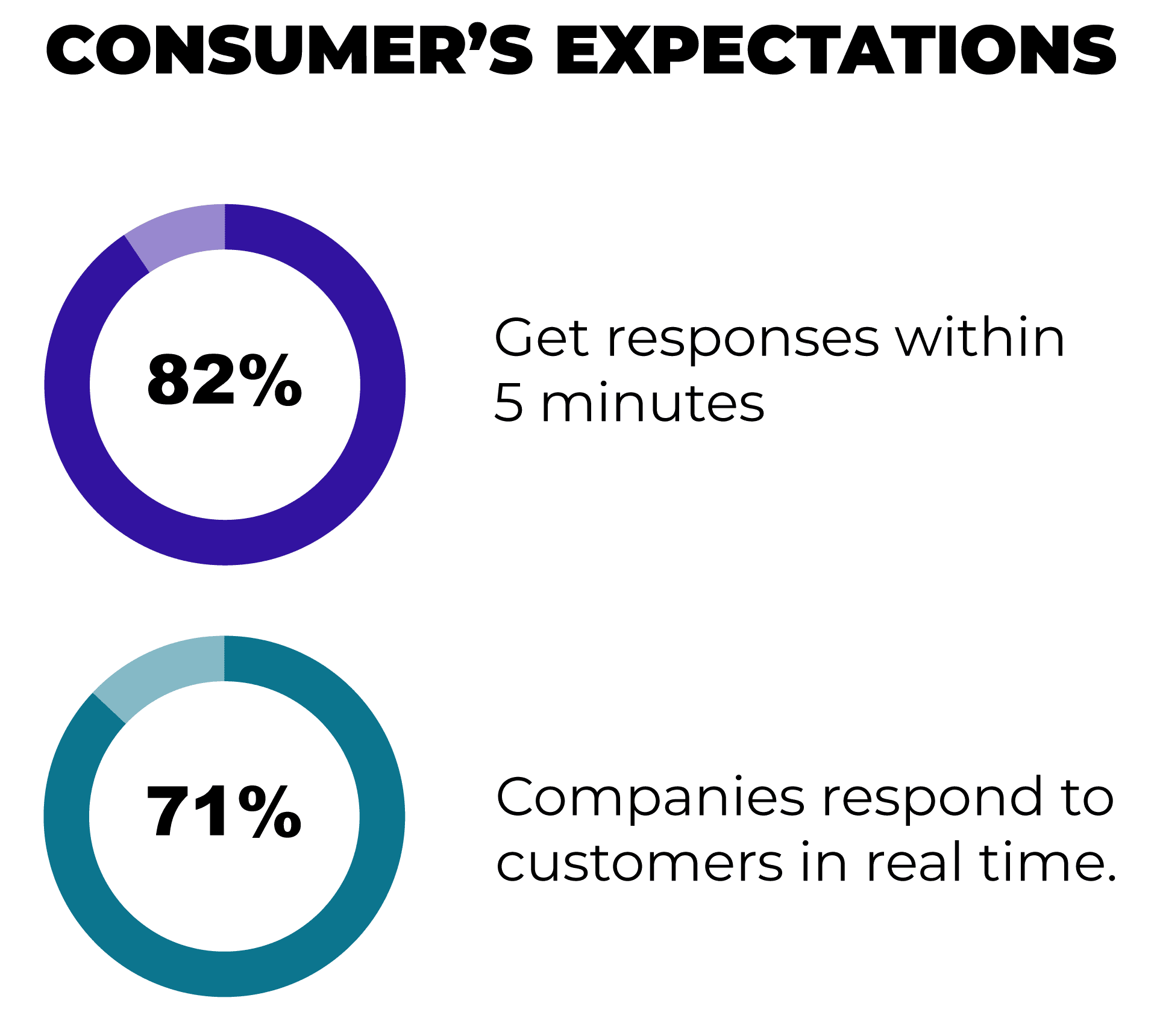
Increase
in Customer Engagement
Easily identify your best performing channels and get a clear overview of your subscribers, how you are performing, as well as where you are performing best/worst and in between.
Easily track subscribers, last comments, and other campaigns right from your dashboard.
Convenience
Chatbots allow for a more convenient shopping process. Shoppers can take their time and browse products at their own pace, ask questions to chatbots about specific products, and have a lot of the legwork done without any nudging from salespeople. Many eCommerce shoppers enjoy this kind of convenience in their shopping experience.
Consumer trust in chatbots is already high, at 84%, and companies are beginning to recognize them as a key part of future business success. Chatbots are not only redefining how businesses interact with customers but are also changing the way they are created and operate within an organization.
Chatbots are best suited for tasks that contain “highly structured or predictable interactions”. For simple tasks, chatbots are preferred by customers over traditional phone representatives.

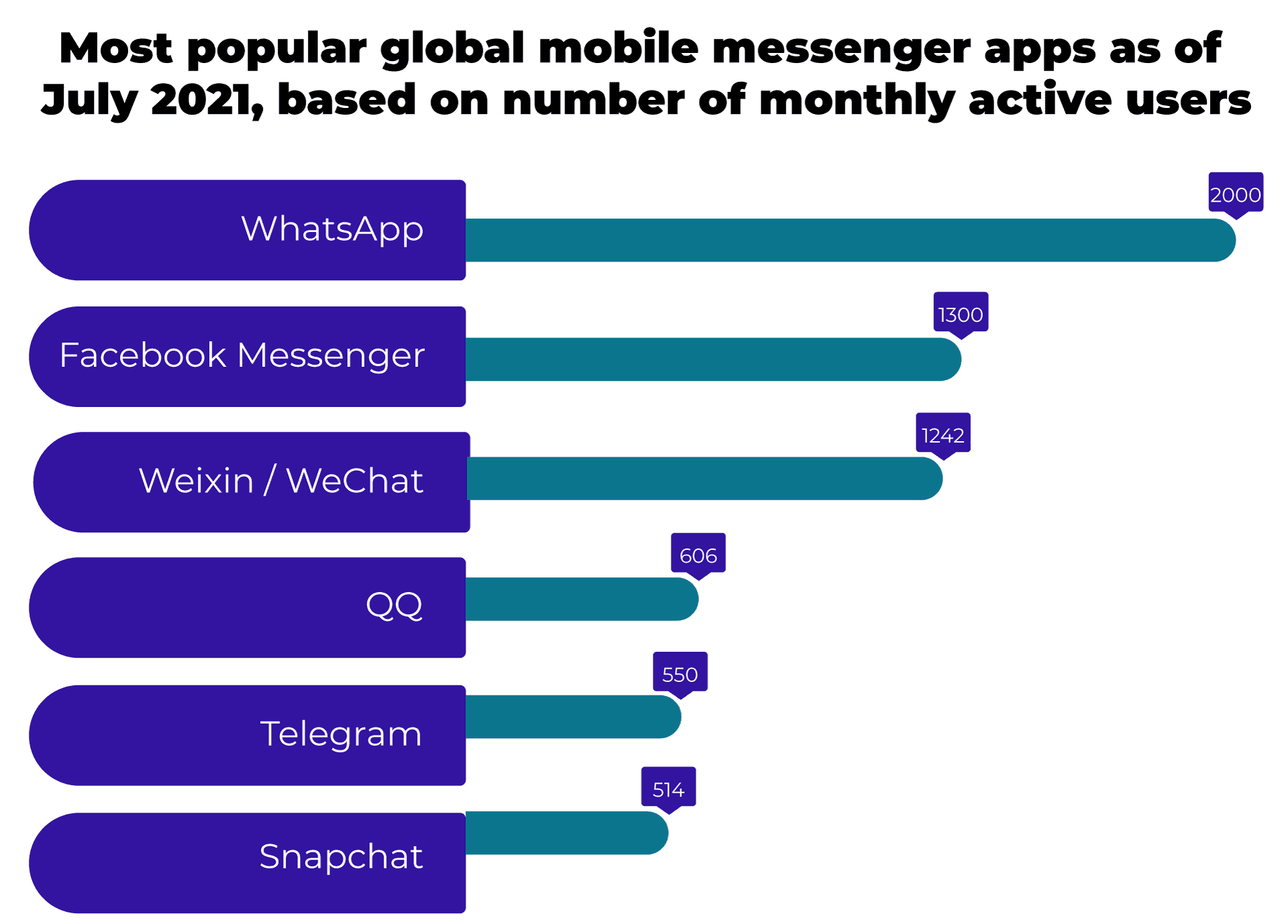
Messaging Statistics
66% of customers prefer communicating with businesses through messaging platforms like Facebook Messenger.
According to MessageDesk, 47% of customers still prefer to text a business than chat with them using messaging apps like Facebook Messenger and WhatsApp. Over 21% of customers use Facebook Messenger, while 18% use WhatsApp. (https://messagedesk.com/blog/text-messaging-statistics-facts-stats-insights/)
85% of the consumers who participated in the same survey prefer to communicate using the same channel where they received a message from a brand.
As more people continue to use messaging apps, brands are responding by creating chatbots that can interact with the customer in their preferred language. Since Facebook Messenger is one of the most popular platforms, it only makes sense for businesses to create bots for this specific social media network.
The top 3 messaging apps with the highest number of monthly active users are WhatsApp, Facebook Messenger, and WeChat. (Source: https://www.statista.com/statistics/258749/most-popular-global-mobile-messenger-apps/)
With so many consumers preferring to talk with businesses using messaging apps, brands are taking advantage of this by creating chatbots. Brands can drastically reduce response times while still providing an exceptional customer experience.
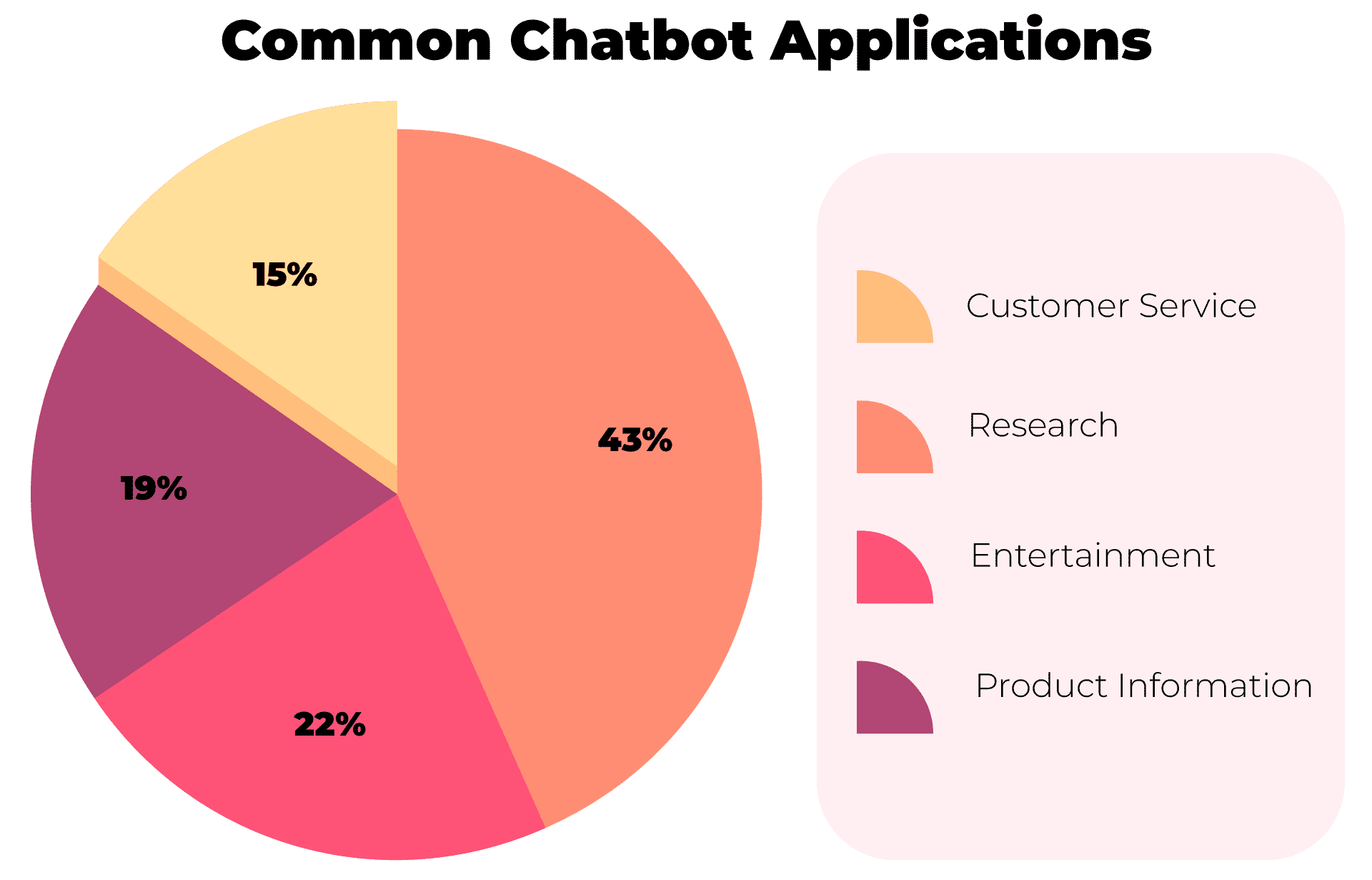
Chatbot Usage Statistics
Chatbots are becoming increasingly popular as technology progresses. They are an exciting opportunity to cut costs, improve customer service and fill the time that consumers spend idle with something worthwhile. Businesses should be aware that chatbots are not one-size-fits-all solutions – they work best when implemented for specific tasks in specific niches.
According to Invesp, 67% of consumers used a chatbot in 2018 (https://www.invespcro.com/blog/chatbots-customer-service/). Chatbots can also help businesses save 30% of customer support costs. Therefore, it is especially prudent to implement chatbots in businesses that serve customers with lengthy or complicated support issues.
According to Business Insider the most common chatbot applications are:
- Customer service – 43%
- Research – 22%
- Entertainment – 19%
- Product information – 15%
A study by Oracle found that 20 percent of senior business executives expect their companies to deploy chatbots by 2020.
On the other hand, Invesp found out 37% of consumers use chatbots to get a quick answer in an emergency. 35% of consumers use chatbots to resolve a complaint or problem, while 35% use chatbots to get detailed answers. Other uses include finding human customer service, making a reservation, paying a bill, buying a basic item, and getting ideas for purchases.
55% of customers prefer digital channels over traditional ones of which 68% are Millenials and GenZers (https://c1.sfdcstatic.com/content/dam/web/en_us/www/assets/pdf/salesforce-state-of-the-connected-customer-report-2019.pdf).
Sadly, 51% of companies still don’t use chatbots.
On the other hand, 40% of consumers of the retail industry have used chatbots to engage with companies. 22% of consumers are from the healthcare industry, 21% are from utilities, 20% are from the entertainment industry, and 20% are from financial services.
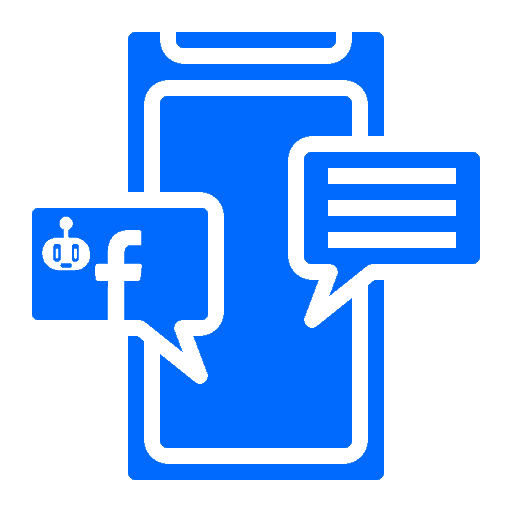
Chatbots for Customer Service
Businesses and consumers alike are becoming more accustomed to receiving quick responses to their queries and complaints. In fact, chatbots for customer service have become so widely accepted, they’re now a necessary part of any company’s support strategy.
The chatbot market is growing quickly. According to Gartner, over 50% of enterprises will spend more money on chatbot development within the next two years in order to engage with customers in a more meaningful way.
Gartner also believes that by 2020, smart agents will facilitate 40% of mobile interactions, driving down costs and creating better customer experiences. As these chatbots progress from being an emerging trend to becoming an industry value-add, it’s important for marketers to understand just how chatbots can improve customer service and ROI.
The average number of hours a business is available per day is 13 hours and 53 minutes with an average of 47s for the first response time. On the other hand, 80.6% of chats are from mobile devices.
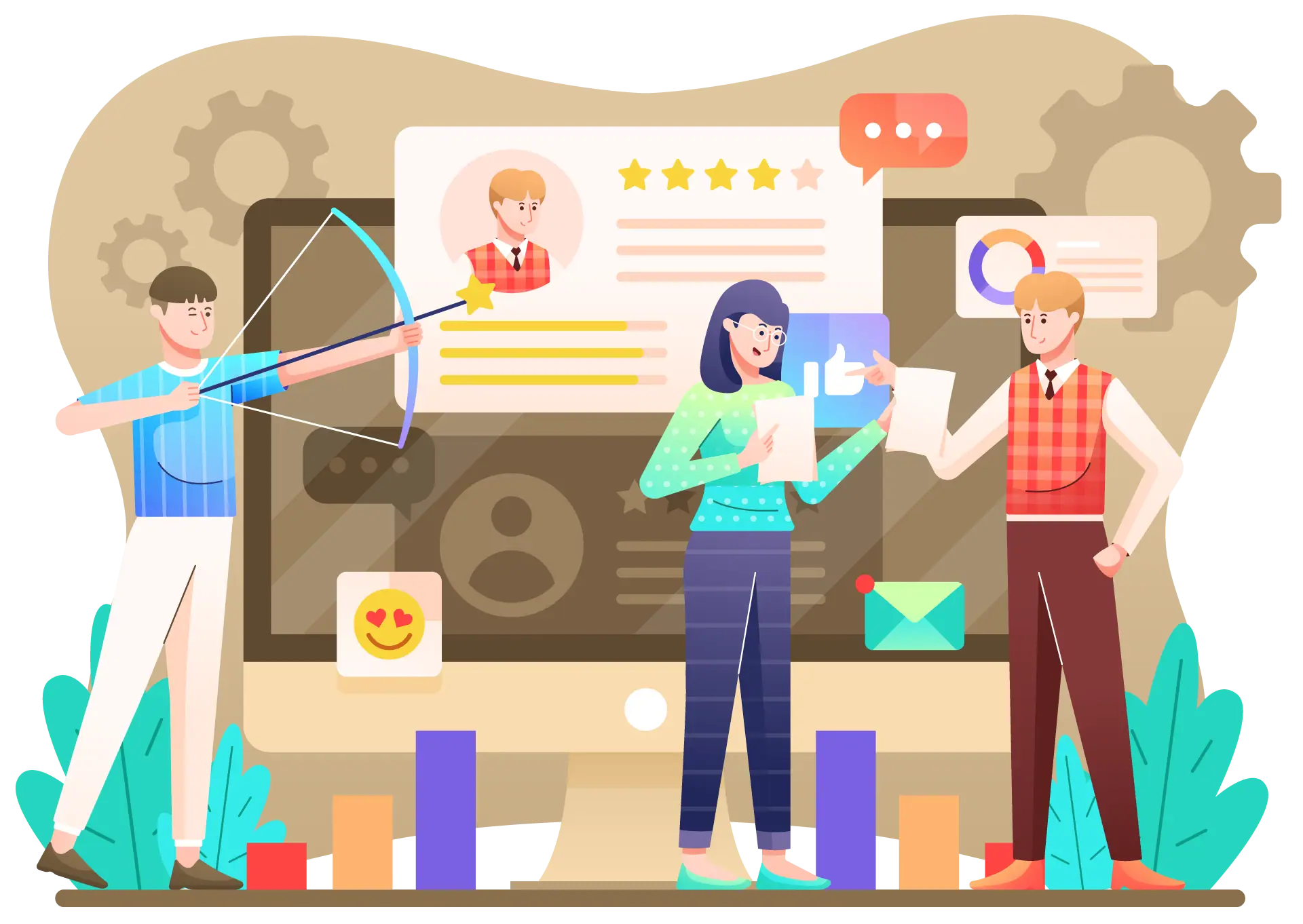
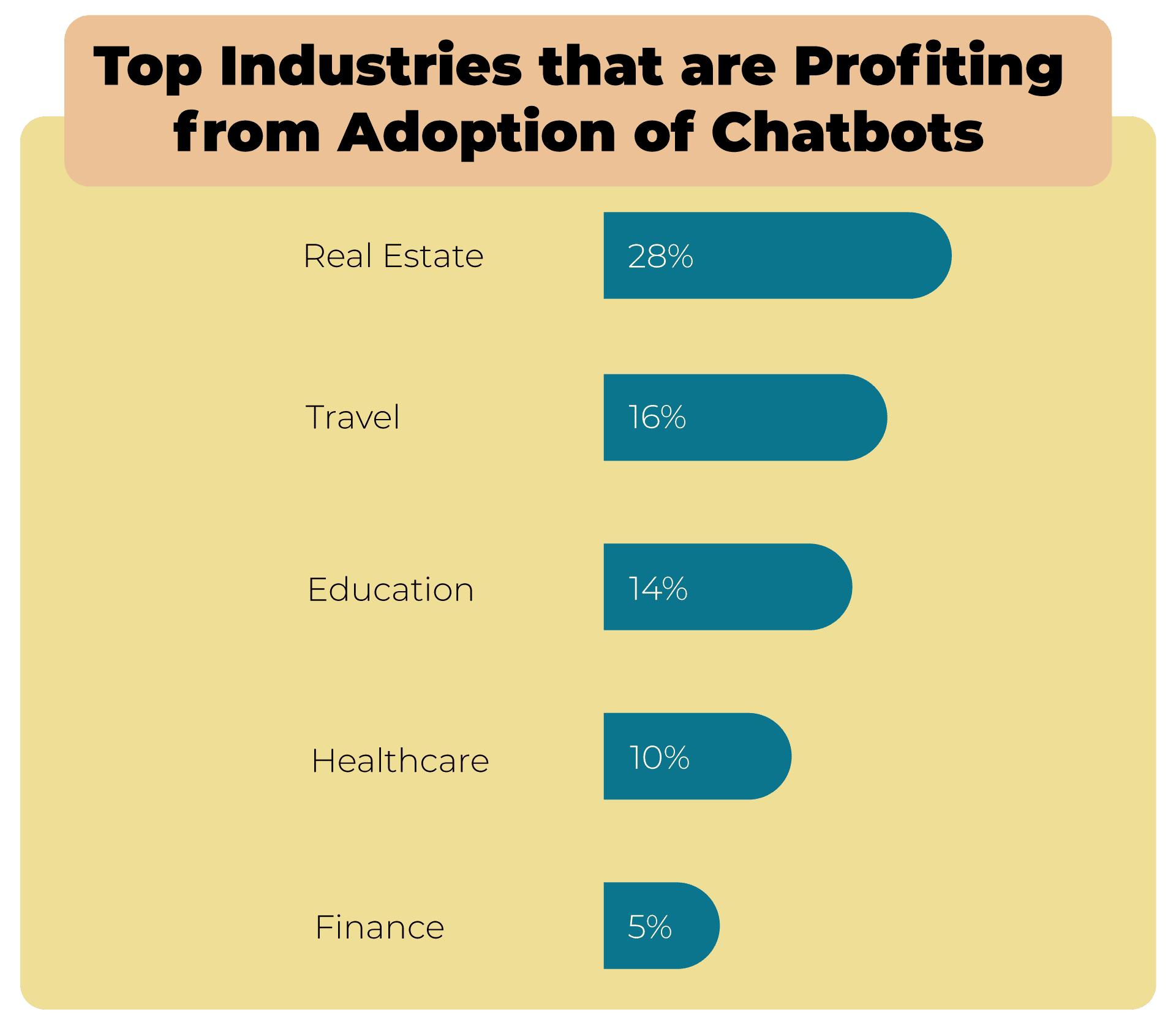

Industries using chatbots
As of 2017, 60% of all businesses across a wide range of industries seek to develop a chatbot for their organization. More industries are turning their attention to chatbots as a viable digital customer service solution. The insurance industry has started using chatbots for customer services and claims processing, the automotive industry is looking into an AI agent for virtual buying assistants, and also finance and banking industries are putting their focus on providing automated and personalized responses through bots.
The retail industry is expected to be the largest adopter of chatbots, with over 85% of retail companies planning to have a chatbot by 2020.
The entertainment industry has also seen major players adopting chatbots for providing personalized customer service responses at scale. The top industries that are profiting from the adoption of chatbots are:
- Real estate (28%)
- Travel (16%)
- Education (14%)
- Healthcare (10%)
- Finance (5%)
On the other hand, B2C and B2B companies are making big investments in chatbots as a part of their digital transformation strategy to improve the customer experience. Chatbots are also being implemented across industries as an additional channel for sales and marketing teams.
The following verticals focus on how businesses use chatbots for a range of tasks.
Travel
Industry
The travel industry has been an early adopter of chatbots and is currently using them to provide personalized assistance over customer service queries, reduce human-agent response times, and increase engagement. Travel companies are investing in chatbots that can handle basic questions around flight details, hotel reservations, and holiday planning.
Companies like Skyscanner are focusing on providing chatbots that can provide smart assistance for transactions like finding cheap flights, booking hotels, etc.
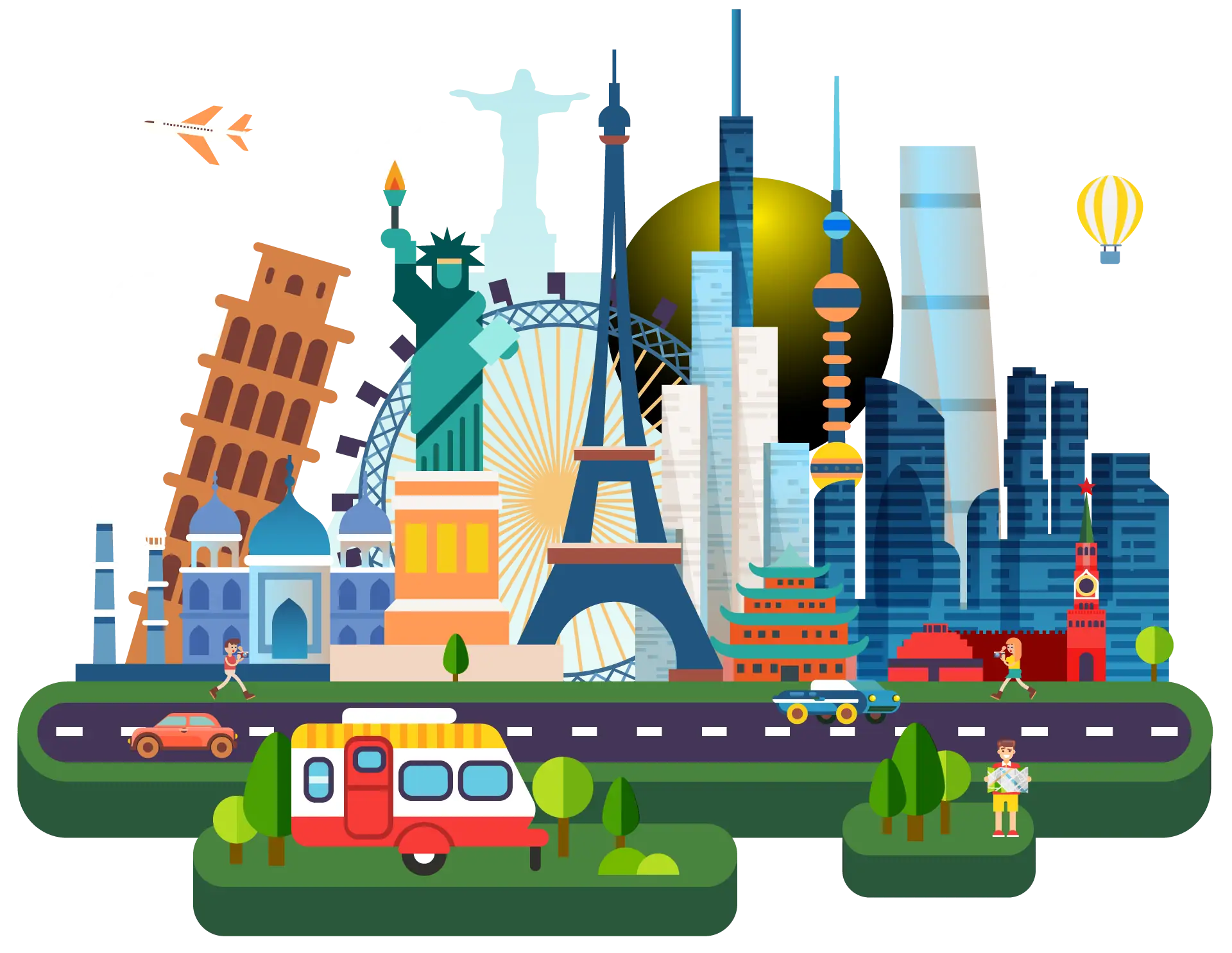
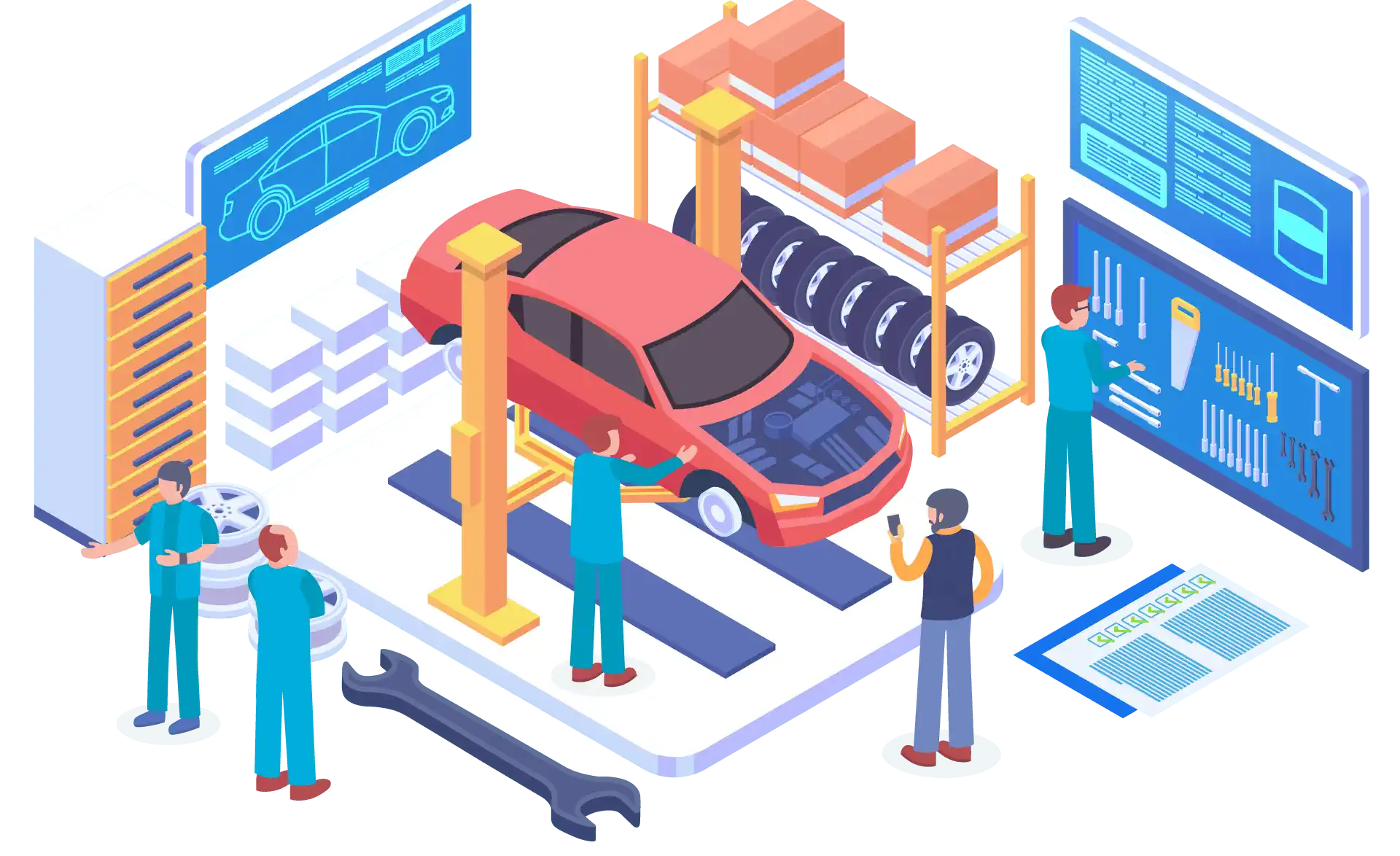
Automotive
Industry
The use of chatbots in the automotive industry aims to personalize customer experiences by learning preferences through each interaction. Chatbots in the industry aims to reduce wait times by handling customer requests and providing up-to-date information regarding the status of their car service.
Insurance
Industry
The insurance industry is currently experimenting with chatbots in order to provide personalized responses for inquiries about claims, policy details, verification of stolen vehicles, etc. Chatbots are also being used to handle basic customer service queries and provide notifications about policy renewals or payment reminders.
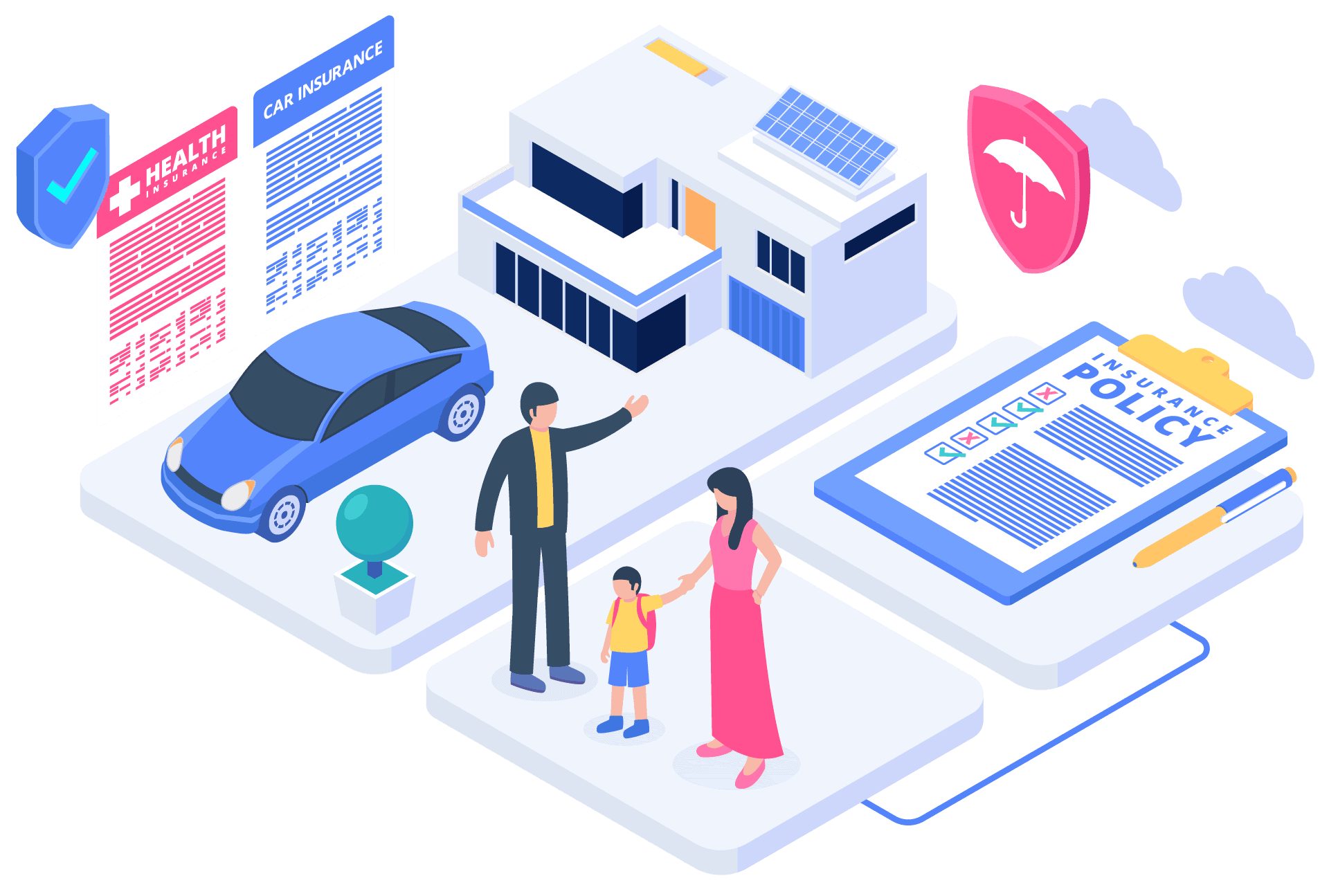
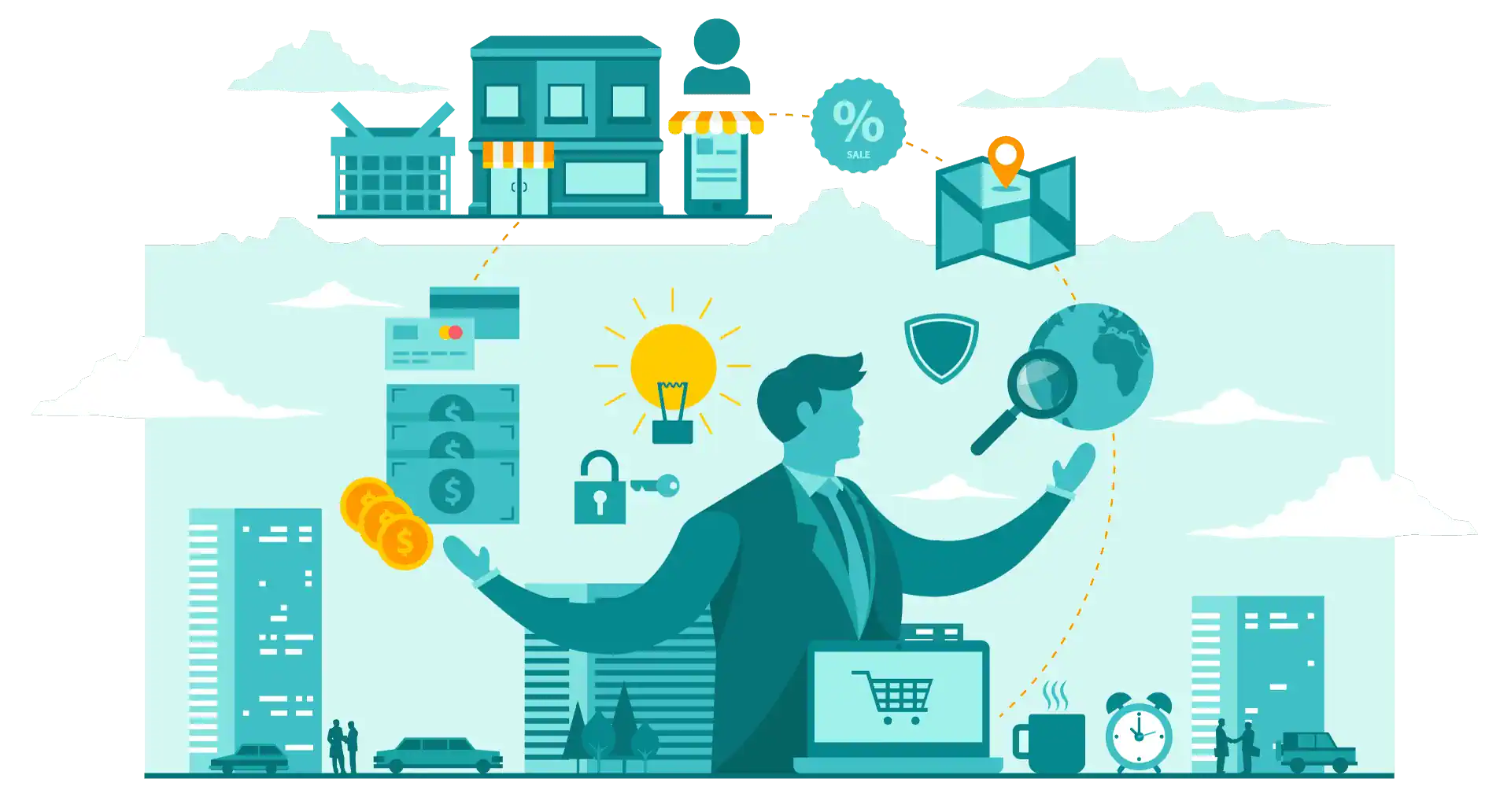
Retail
Industry
The retail industry is one of the biggest adopters of chatbots with most large retailers deploying their own branded AI-based chatbots across social messaging platforms like Facebook Messenger, SMS, etc.
The retail industry is employing chatbots to provide personalized recommendations based on user preferences, reduce human-agent response times, and increase engagement.
Real estate
Industry
Real estate companies are using chatbots for lead generation through property signups, lead qualification by sending custom-tailored alerts to inquiry-stage leads, automated status updates about new properties or updates about existing ones, and appointment scheduling.
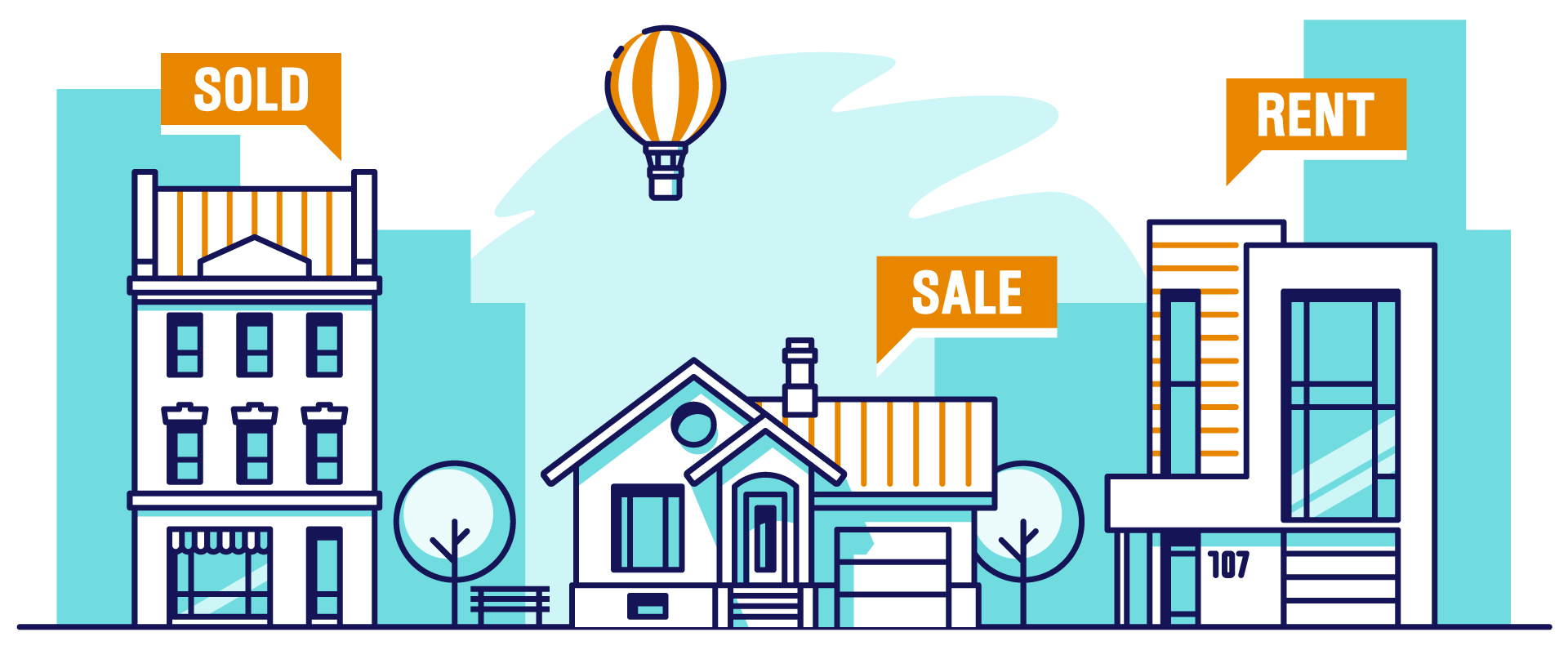

Education
Industry
Chatbots in the education sector are used for a variety of tasks such as providing notifications about exam schedules, class schedules, receipts for tuition payment, etc., conducting market research by collecting feedback from students or parents, and even helping with application processes by answering questions related to higher education opportunities.
Finance
Industry
The finance industry is one of the major adopters of chatbots with some major players using them to provide customer service, personalized assistance for transactions, and social media-based customer support. Most technology companies are also experimenting with chatbots for business intelligence by collecting data around user preferences, responses to offers or promotions, etc.


Healthcare
Industry
Chatbots for the healthcare industry are still in their nascent stages and are primarily used for providing notifications about doctor appointments, prescriptions, results of medical tests, etc. Chatbots are also being tested by some health insurance companies to handle basic customer service queries around policy details or payment-related issues.
Chatbot and AI Predictions
Chatbots are improving by leaps and bounds every day. They are now being programmed to understand jokes, make humans laugh, be used in educational settings,
and even help diagnose cancer. Anything you can think up exists as a chatbot today. As artificial intelligence continues to evolve at rapid speeds, it’s only a matter of time before chatbots take over the tech industry entirely.
Chatbots have been built to be used as a tool for a variety of different tasks and needs, but a majority of them are being created for marketing purposes. In fact, according to Chatbots Magazine, 51% of businesses that have already implemented chatbots have done so for marketing purposes. Businesses are already seeing a significant increase in interest and conversion rates since beginning to use chatbots, which is why they’ve become such an integral part of the marketing scene.
Once businesses saw how useful chatbots were as a marketing tool, they quickly realized how beneficial they would be as an automated customer service tool. Here are some statistics about the future of chatbots:
- By 2023, businesses and consumers can save approximately 2.5 billion hours through chatbots.
- The projected value of chatbot e-commerce transactions is $112 billion by 2023. This is a 302% growth from 2017.
Final Thoughts
Chatbots in the form of virtual assistants and chatbots for business intelligence are currently being used by companies in a variety of verticals to provide personalized assistance, reduce human-agent response times, increase engagement, etc. With advancements in natural language processing and machine learning technologies, these bots will be able to handle increasingly complex tasks across industries. As a result, they will be able to provide deep insights for companies around population preferences, product demand, customer service experiences, etc.
